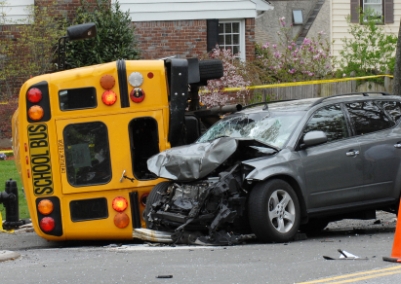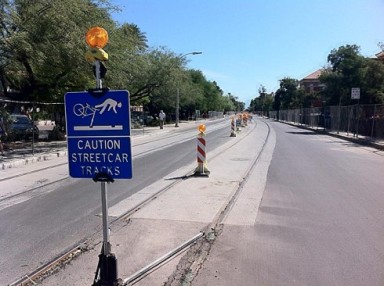 Hospital Investigations and Confidentiality
Hospital Investigations and Confidentiality
By law, hospitals are required to conduct investigations when errors are committed. The purpose is to “reduce morbidity and mortality and for the improvement of the care of patients provided in the institutions.” (ARS section 36-445.)
“Such review shall include the nature, quality and necessity of the care provided and the preventability of complications and deaths occurring in the hospital or center.” (ARS section 36-445.)
So, when something goes wrong in the operating room, the patient dies, or is horribly injured from a preventable mistake, the hospital has a statutory duty to conduct an investigation to find out what happened, why it happened, what steps can be taken to make sure it does not happen again, and to discipline any staff that was the cause of the mistake.
This is laudable on its face. It is also meaningless to the public.
The same set of laws that requires the hospitals to conduct the investigations also protect the hospital from revealing to anyone the outcome of that investigation.
“All proceedings and records and materials prepared in connection with the review provided for in 36-445 …. are confidential and not subject to discovery…”
“The contents and records of the peer review proceedings are fully confidential and inadmissible as evidence in any court of law.” (ARS section 36-445.01)
Members on the review committee who make decisions are immune from suit. (ARS section 36-445.02)
So why do we have these laws?
The rationale is that the hospitals need to be free to conduct thorough investigations to take corrective action to avoid future preventable errors without fear of being held liable for the mistake that is being investigated. Further rationale: If the hospitals were afraid to investigate because the results of the investigation could be used against them, they will not investigate and the errors will continue.
Arizona laws are very anti-patient when it comes to medical mistakes. The doctors and the hospitals have many laws that “shield” them from liability and “shield” investigations from being sued against them.
The only pro-patient language in this legal scheme is as follows:
“Nothing in this section relieves any individual, hospital or outpatient surgical center from liability arising from treatment of a patient.”
So, the hospital and the doctors are still liable if the patient can prove what happened. The dilemma is that even if the hospital knows what happened, why it happened, and disciplined someone for a mistake by revoking or suspending hospital privileges, the patient will never know, because the investigation is shielded from discovery, and the committee members cannot reveal the outcome of the investigation to anyone other than the hospital board. And- yes, the hospital board actions are non-discoverable as well.
The Rockafellow Law Firm has been litigating medical mistake issues since 1980. With the right expert witnesses, and aggressive litigating, your medical case can be successful in spite of the hospital “shield law.” We know how to work around these “shield laws.”
Please call us for a free consultation if you believe you have been injured by a medical mistake.

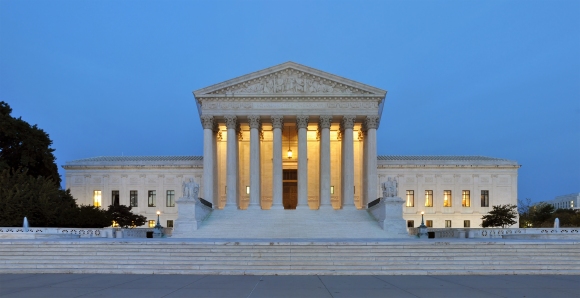
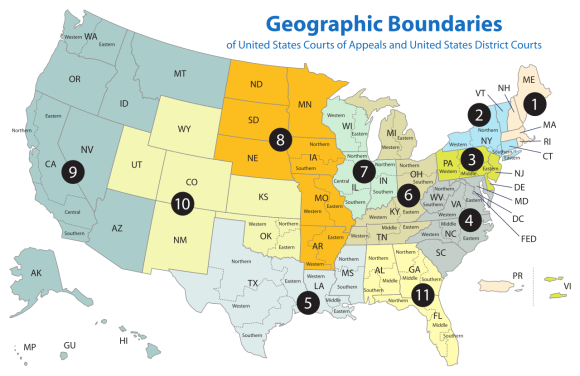
 If you trip and fall or slip and fall at a store and become injured, you are not automatically entitled to receive compensation from that store. The laws in Arizona require that you prove that the store had notice of the unreasonably dangerous condition that caused you to become injured. An injured person can prove that the store had notice three different ways:
If you trip and fall or slip and fall at a store and become injured, you are not automatically entitled to receive compensation from that store. The laws in Arizona require that you prove that the store had notice of the unreasonably dangerous condition that caused you to become injured. An injured person can prove that the store had notice three different ways: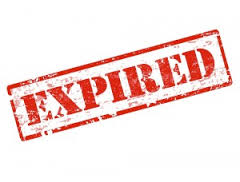 fifteen years ago. It also is meant encourage people who are going to file a lawsuit to do so quickly when memories of the events in question are still fresh and when the important people involved in the incident are available to testify.
fifteen years ago. It also is meant encourage people who are going to file a lawsuit to do so quickly when memories of the events in question are still fresh and when the important people involved in the incident are available to testify.


